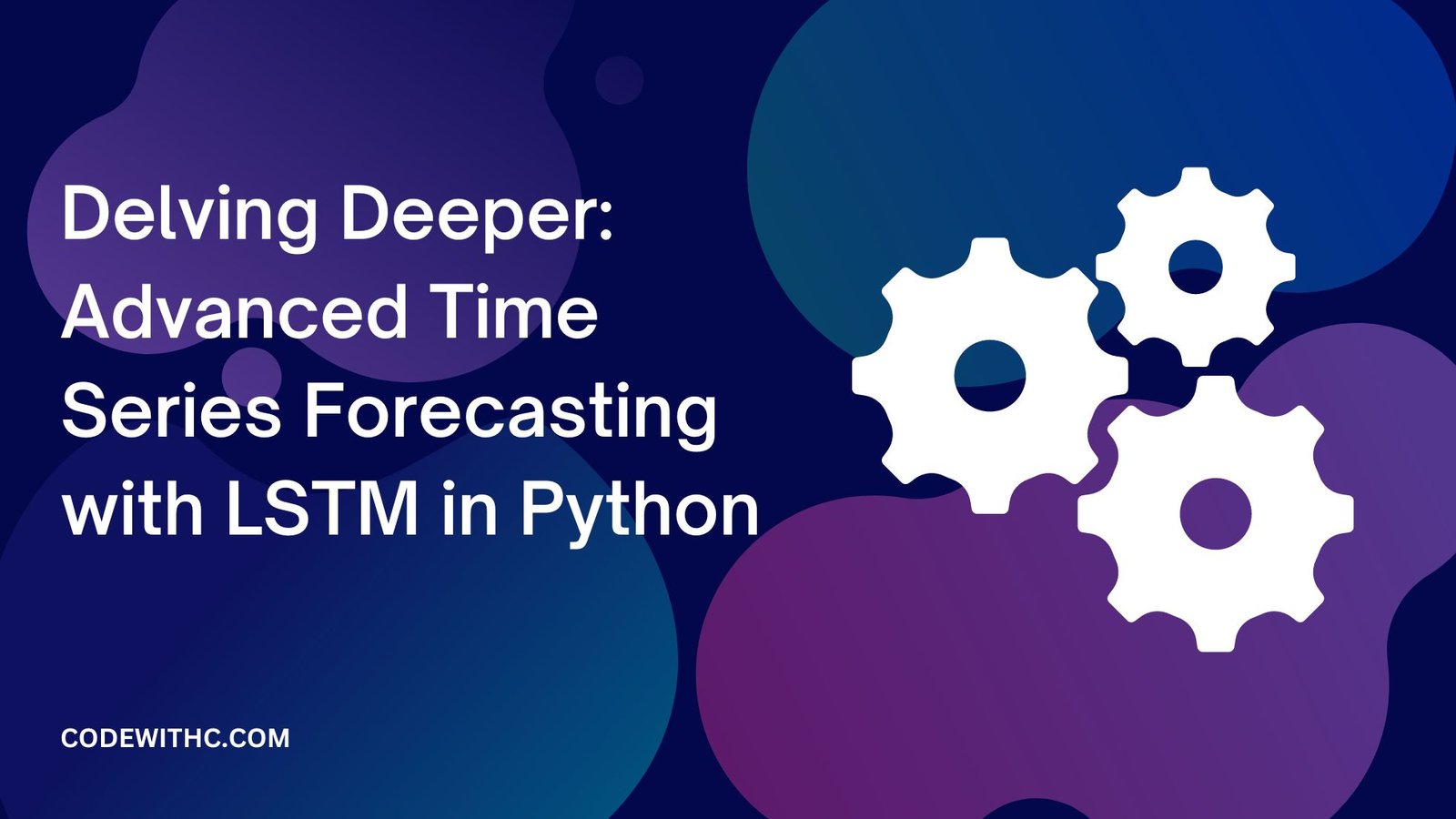A Brief Walk Down Memory Lane
Ah, time series data. You know, I’ve always had a certain fondness for it. It’s like watching the ripples in a pond, each moment influenced by the one before it. Over the years, I’ve seen many techniques come and go, but one that’s particularly caught my eye is the Long Short-Term Memory network, or LSTM for short. It’s a type of Recurrent Neural Network (RNN) that’s shown remarkable prowess in handling sequential data. So, let’s roll up our sleeves and dive into the intricate world of LSTMs and time series forecasting.
The Essence of LSTM: Remembering and Forgetting
What sets LSTM apart is its unique ability to learn long-term dependencies, which traditional RNNs struggle with. It’s like having a sharp memory in a sea of forgetfulness. LSTMs achieve this through specialized structures called gates.
The Three Gates of LSTM
LSTMs utilize three primary gates:
- Forget Gate: Determines what information to discard from the cell state.
- Input Gate: Updates the cell state with new information.
- Output Gate: Decides what information to output based on the cell state and the input.
Crafting LSTM in Python
Let’s get our hands dirty and delve into some Python code, shall we?
Sample Code: Implementing LSTM for Time Series in TensorFlow
import tensorflow as tf
# Define the LSTM model
model = tf.keras.Sequential([
tf.keras.layers.LSTM(50, activation='relu', input_shape=(n_steps, n_features)),
tf.keras.layers.Dense(1)
])
model.compile(optimizer='adam', loss='mse')
# Training data preparation code would go here...
# Train the model
model.fit(X, y, epochs=200, verbose=0)
Code Explanation
- We’re using TensorFlow’s Keras API to define our LSTM model.
- The LSTM layer has 50 units and uses the ReLU activation function.
- Our output layer is a dense layer with a single unit, suitable for regression-based time series forecasting.
Advanced Forecasting Techniques with LSTM
Multi-step Forecasting
Instead of predicting just the next value in the sequence, we can use LSTMs to predict several future steps. This is akin to trying to predict not just tomorrow’s weather, but the entire week’s forecast!
Multivariate LSTM Models
In the real world, many factors influence outcomes. Similarly, we can use multiple input variables in our LSTM models to predict our time series data, adding depth and complexity to our predictions.
Potential Pitfalls and Considerations
Ah, but with great power comes great responsibility. While LSTMs are impressive, they’re not without their quirks. Overfitting can be a concern, especially with smaller datasets. Regularization techniques can help, but it’s something to be wary of. Also, LSTMs can be computationally intensive. But hey, no pain, no gain, right?
Reflecting on the Journey
Time series forecasting with LSTMs is like weaving a rich tapestry of past, present, and future. It’s not just about the numbers; it’s about understanding the ebb and flow of sequences, the dance of data over time. With LSTMs, we’re not just predicting the future; we’re crafting it with the wisdom of the past.







